Introduction
Initially a brief look at the term "Operations as a Service" can be defined by the substitution of IT operational assignments to subcontracted businesses along with their offering of specialist services.
This practice is beneficial to companies, allowing them to get external help in various activities including day-to-day operating procedures of the IT system, infrastructure management, and related tasks. OaaS becomes a savior among startups, established firms, tech managers, and the wider tech community. The service model bestows customers with flexibility, scalability, and cost-efficiency.
What is Operations as a Service (OaaS)?
OaaS is short for the outsourcing of IT operators' duties to external providers that are responsible for the infrastructure management, application deployment, monitoring, incident response, and compliance management. It can be said that companies access the operational expertise as a service as they would a cloud or software service, without having to maintain a large number of in-house employees.
Evolution of OaaS in Cloud and DevOps
What platforms such as cloud computing and DevOps have been creating has made everything easier, and thus, is one of the reasons why OaaS is adopted so widely. DevOps made it possible to automate software delivery and the cloud platforms have removed the need for keeping the infrastructure within the company. All of this has resulted in OaaS which combines the operational knowledge of the cloud with DevOps practices to offer instantaneous and scalable operational management.
Key Benefits of OaaS
For Startups:
Cost Savings: Eliminates the need for substantial initial investments in infrastructure and staff.
Faster Time-to-Market: Accelerates product launches by reducing operational overhead.
Scalability: Easily scales infrastructure to meet growing demands.
Core Focus: Allows startups to concentrate on innovation and strategic initiatives.
For Enterprises:
Optimized Operations: Streamlines legacy systems and operations through modern practices.
Flexible Scaling: Adjusts operational resources dynamically based on demand.
Accelerated Digital Transformation: Facilitates rapid adoption of modern technologies like cloud and DevOps.
Compliance and Security: Ensures consistent compliance and robust security standards.
IT Industry Use Cases
SaaS Launches: Startups using OaaS for rapid, scalable software launches.
E-commerce Platforms: Handling seasonal traffic spikes effortlessly.
Enterprise Modernization: Migrating legacy systems to modern cloud infrastructures efficiently.
DevOps Implementation: Leveraging managed CI/CD pipelines for rapid software delivery.
Technical and Operational Mechanisms of OaaS
Infrastructure Management: Provisioning cloud infrastructure, automated scaling, high availability setups, and disaster recovery.
DevOps & Automation: CI/CD pipelines, infrastructure as code, and automation of routine tasks.
Monitoring & Incident Management: Real-time monitoring, anomaly detection, proactive incident handling.
Security Operations: Regular patching, security audits, and compliance management.
Integration & Data Management: Seamless integration of third-party services and efficient management of data operations.
Challenges in Adopting OaaS
Security Concerns: Ensuring robust security and compliance when outsourcing operations.
Integration Complexity: Managing integrations between existing systems and OaaS solutions.
Reduced Direct Control: Potential loss of immediate operational visibility and control.
Vendor Lock-in Risks: Dependence on external providers necessitates thorough vendor selection and management.
Cost Management: Potential for increasing operational costs with scalability must be carefully monitored.
The Future of Operations as a Service
OaaS will soon become a regular practice due to amplified automation (AI and AIOps), unified observability, and its expansion into specialized operational domains, sustainability issues, and business-IT strategy alignment, which are now closer to each other. With the data they are learning from, OaaS is expected to revolutionize the way IT operations are performed in various industries in the near future.
Conclusion
The transition to Operations as a Service is a disruptive element in IT operations, which will enable organizations to achieve more flexibility, productivity, and innovation. Through skillfully attaining OaaS, firms can employ complex operational know-how, facilitate optimal growth, and keep their eyes on the ball, thus, rationally positioning at the front of IT scopes to come.

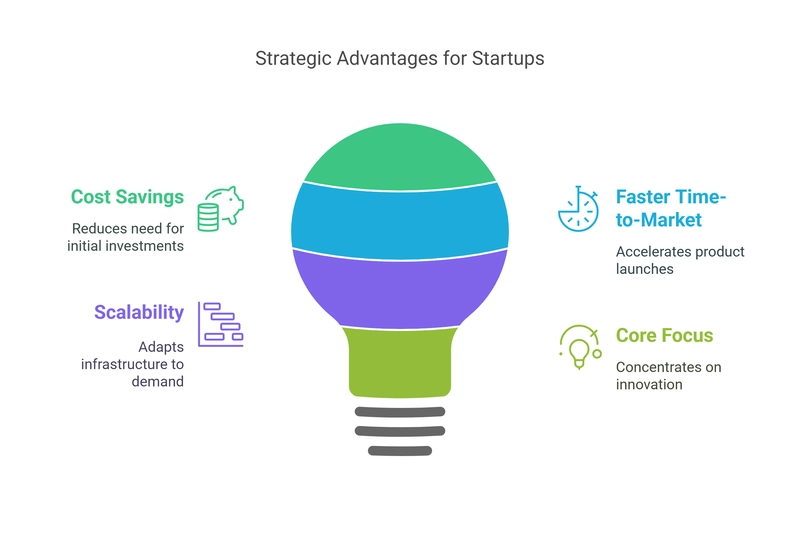
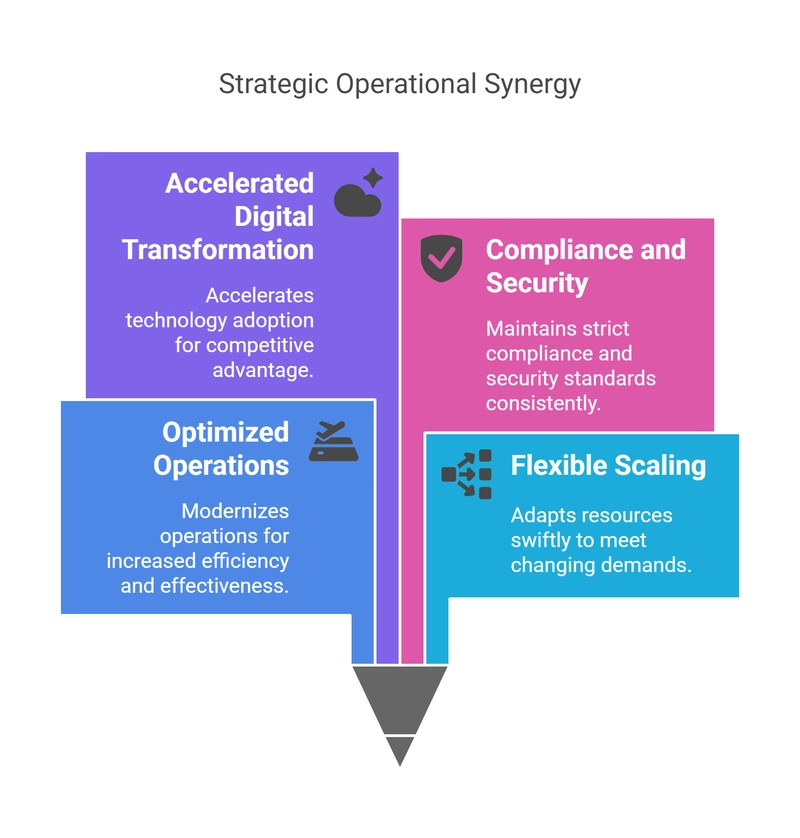
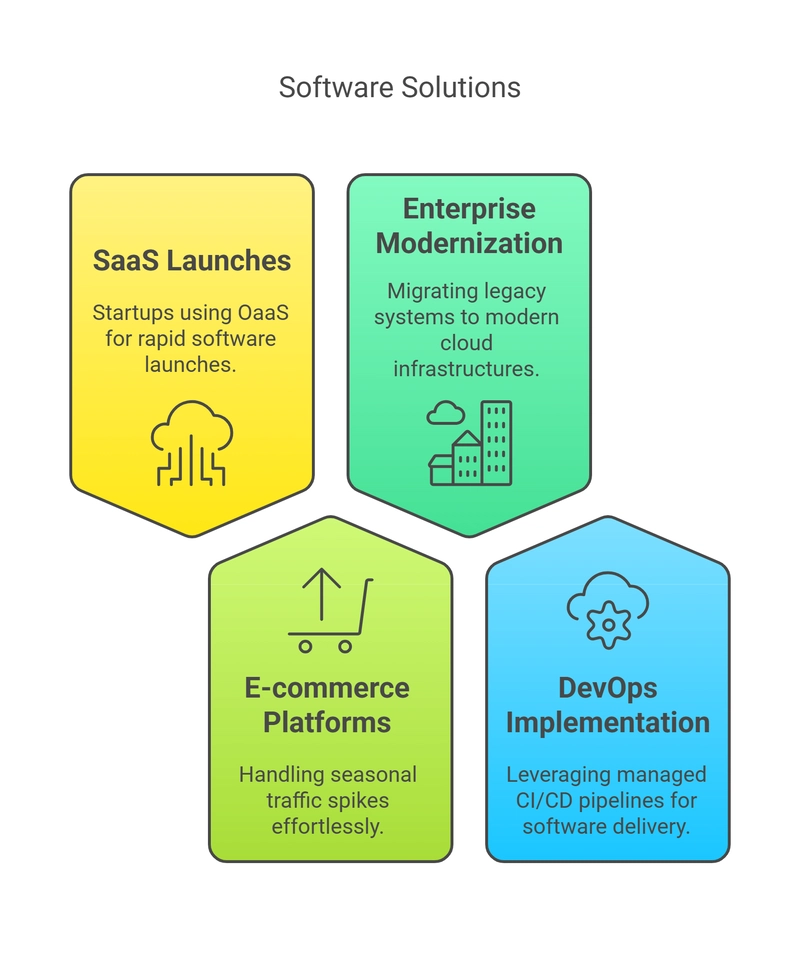
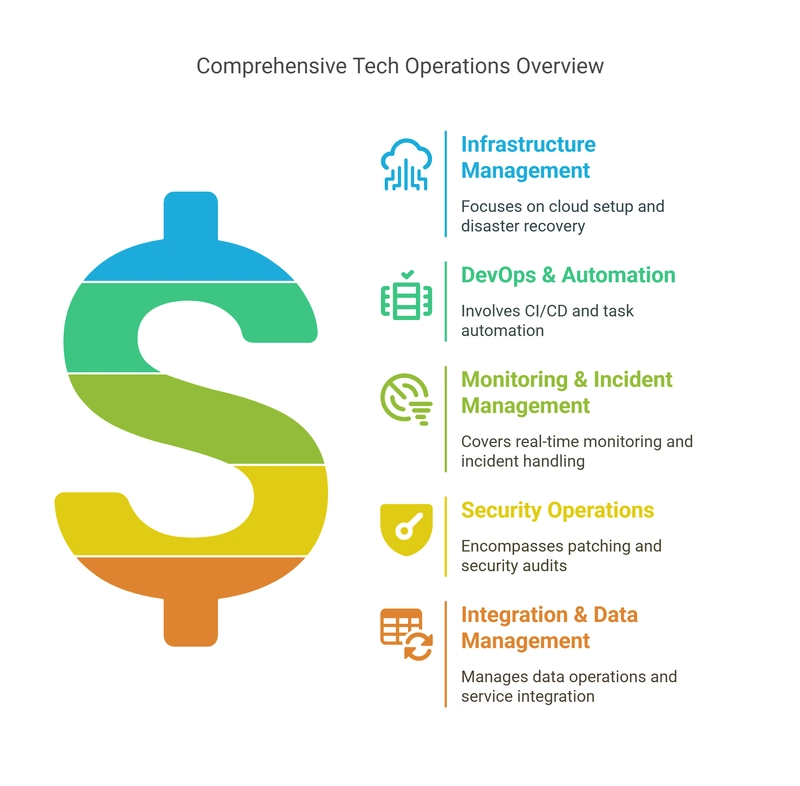
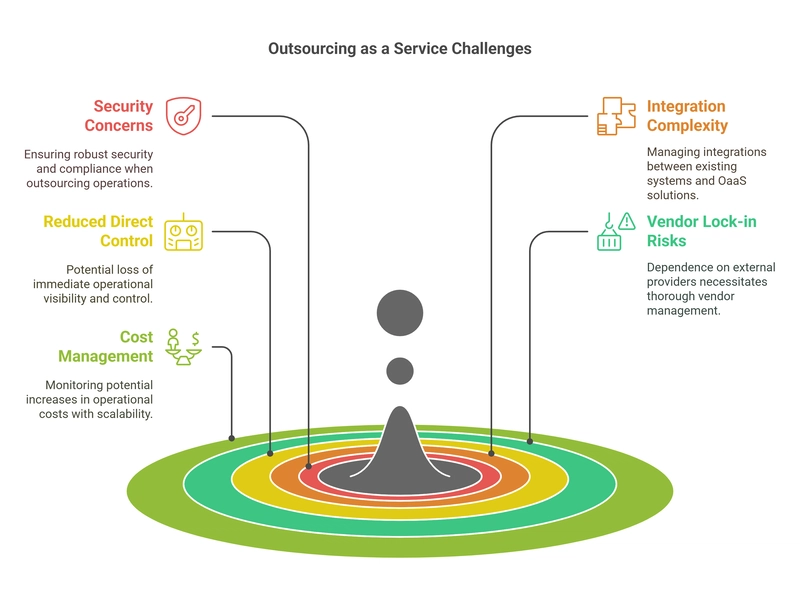
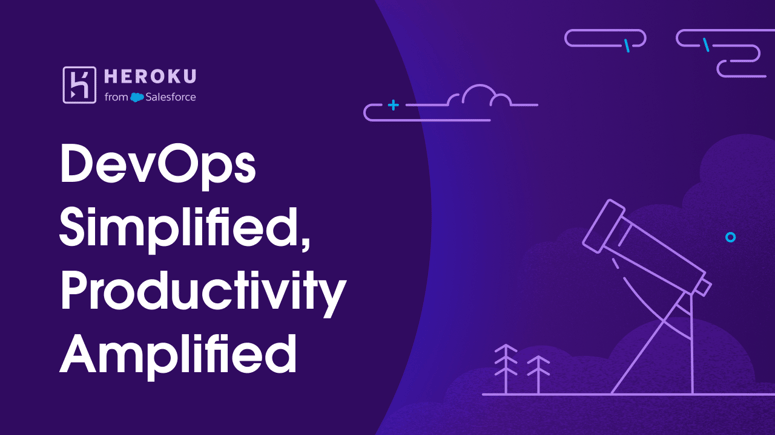


Top comments (0)